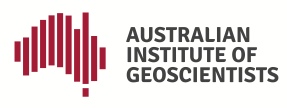Australian Mineral Discovers 1950-2010 has been published recently by the Royal Society of Tasmania.
Editors: John Hill, Tony Hope, Ross Large and David Royle
Mineral discoveries in the 1950 to 2010 period have been the backbone of wealth creation for all Australians and helped to maintain Australia’s economic position as the “Lucky Country”. However, discovery of buried minerals is an extremely complex science that requires knowledge, innovation, disciplined application of geological principles, teamwork, persistence and an ounce of luck.
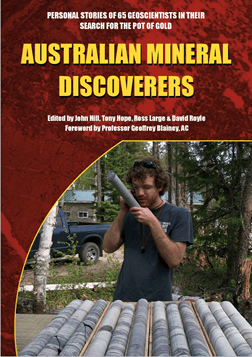
In this book you will read 65 exciting and sometimes unbelievable stories of the life and achievements of a cross section of Australian mineral explorers and educators who have advanced the science of discovery and contributed to the wealth of Australia for all Australians. Without these mineral discoveries, most in remote and inhospitable parts of Australia, many of us would not enjoy the high standards of living achieved in this country.
The stories told in these pages include the discovery of 150 mineral deposits, from the very largest (Olympic Dam of over 6 billion tonnes of copper gold and uranium ore) to the smallest (the gold rich Juno deposit in Tennant Creek). Collectively these mineral discoveries amount to many 100’s of billions of in ground value, that have supported many mines, towns and communities in outback Australia for 50 years and beyond.
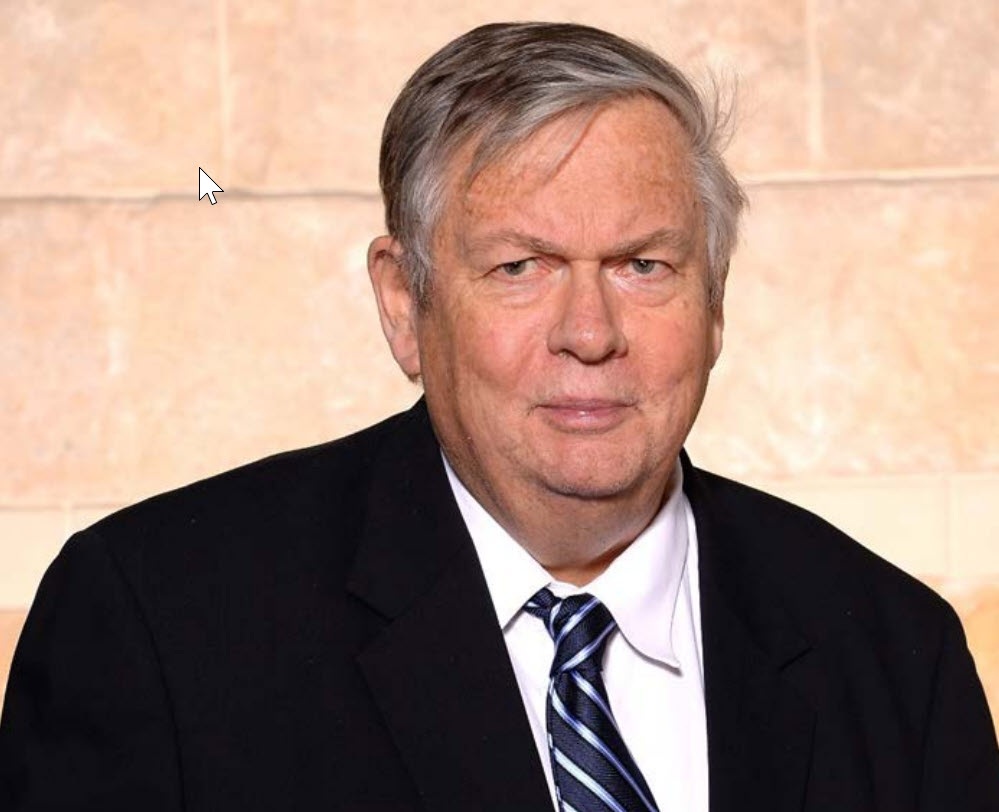
Harry Parker (1946-2019) was well known to mining and exploration geologists globally through his work as a consultant in the fields of mining geology, geological modelling and resource estimation during a long and distinguished career.
Harry passed away in 2019. Two former colleagues, Stella Searston and Larry B. Smith have produced “The Big Book of Harry“, a celebration of Harry’s life and career through stories and anecdotes from family and people that Harry studied and worked with. The book is also an enduring mark of respect for Harry as a person from those he interacted with during his career.
The book is an interesting and entertaining record of a brilliant and varied career, that the authors have allowed AIG to distribute to members.
You can download “The Big Book of Harry” here.
Harry McDougal Parker passed away on 19 December 2019 as a result of complications arising from melanoma. Harry is survived by his wife, Susan Kemper Parker, daughter Meg, son Winthrop, granddaughters Angelina, Sofia, Layla, Sadie, Ashley, and Chloe, and sister Betsy.
Harry published more than 40 technical papers over the course of his career. His wide-ranging commodity experience included Cu, Co, Au, Mo, U, coal, oil shale, Ni, Fe, Mn, platinum group elements, diamonds, K, Pb, Zn, Ag, Sn, and alumina. He worked in 17 states within the United States, eight Canadian provinces, and 35 countries outside North America. Harry was proud that he had broken a chair on every continent, except Antarctica, and this was only because “all chairs there were metal.”
Harry was a member of an impressive number of societies and professional associations, amongst them the Society for Mining, Metallurgy and Exploration (SME), the Australasian Institute of Mining and Metallurgy (AusIMM), the Australian Institute of Geoscientists (AIG), the Geological Society of America (GSA), the Society of Economic Geologists (SEG), the Institute of Mining, Metallurgy and Materials (IMMM), and the International Association for Mathematical Geology (IAMG). Harry was registered as a professional geologist in California, Arizona, and Minnesota.
Vale Harry Parker.
Monday 2 November 2020
Australia’s future mineral exploration and mining growth faces a brain drain over the next 10 years as up to a third of the country’s geoscientists face retirement – taking with them skillsets and knowledge potentially not being replaced by newly introduced university courses.
The warning was issued today by leading professional institute, the Australian Institute of Geoscientists (AIG).
Compounding the brain drain problem is a move by some universities towards more general Earth science courses not underpinned by the cornerstones of geological qualifications – mineralogy, petrology, structural geology and tectonics.
The AIG warns that less than 10% of Australia’s geoscientists are in the first 10 years of their careers, and with the profession’s retirement rates set to explode, the country’s resources sector faces an alarming deficit of geoscience skills.
“The profession faces very real challenges of attracting talented students in sufficient numbers to maintain and build a longer-term resource of well trained, highly skilled geoscience professionals,” Institute President, Mr Andrew Waltho, said today.
“Geological knowledge is central to this. Rather than a simple collection of faces, facts and figures, geology studies need to instil an understanding of the complex systems that are continually interacting to shape our planet and its environment, and the understanding needed to foster sustainable use of the Earth’s resources,” Mr Waltho said.
“Most students today receive their first exposure to geology at university. Students who entered university to pursue studies in another area of science become aware of the exciting and challenging nature of Earth systems and how geology integrates aspects of chemistry, physics and other sciences to develop this understanding.
“However, a number of Australian universities are moving away from offering geology courses, favouring instead broader Earth science programs that exclude the specialised subjects that allow graduates to observe and interpret features that are the product of some of the most significant processes shaping our planet.”
Mr Waltho noted that a number of other universities are committed to maintaining geology programs.
“This has the potential to create in Australia, a two-tiered base of Earth science graduates, potentially creating a need for competence assessments and broader pathways to attaining professional recognition in Australia,” he said.
“Canada has already gone down this path, successfully, to set out the knowledge required of geoscientists to secure professional registration required to practice as a professional geoscientist in that country,” Mr Waltho said.
The Institute has recently surveyed its members to examine the extent to which Australia is self-sufficient in geoscience education and the extent to which opportunities exist for overseas trained geoscientists.
“Some 35% of Australian geoscientists hold a Bachelor’s Degree with Honours (nominally 4 years of study). A further 13% hold Bachelor’s Degrees (nominally three years of study). Just over half of Australia’s geoscientists hold a postgraduate qualification, including 20% who have been awarded doctorate (PhD) qualifications,” Mr Waltho noted.
“Three quarters of geoscientists currently working in Australia received their highest degree here; backed up by studies by some in the United Kingdom, South Africa and New Zealand.
“The proportion of Australian trained geoscientists was highest in New South Wales/ACT (85%) and lowest in Western Australia (71%). In terms of geoscientists trained in Australia, still working in the state where they received their degree, the highest proportion was recorded in Victoria (75%) and lowest in Western Australia (38%).
“The survey data revealed that while a high proportion of Australian geoscientists received their university education in Australia, geoscientists are required to be mobile in order to pursue their profession.
“The question now emerging therefore, with the move towards more generalised Earth science university courses, is the suitability of education provided by these studies.
“It will, over the next 12 months or so, force universities and the industry to address any knowledge gaps to ensure competencies valued by employers in different geoscience sectors, can be maintained.”
Brisbane, 28th October 2020
Geoscientist employment in Australia remained relatively stable during the third quarter of 2020. Nationally, unemployment increased to 10.6% from 8.6% in the June quarter, while under-employment fell significantly to 12.7% from 17.4% for the period.
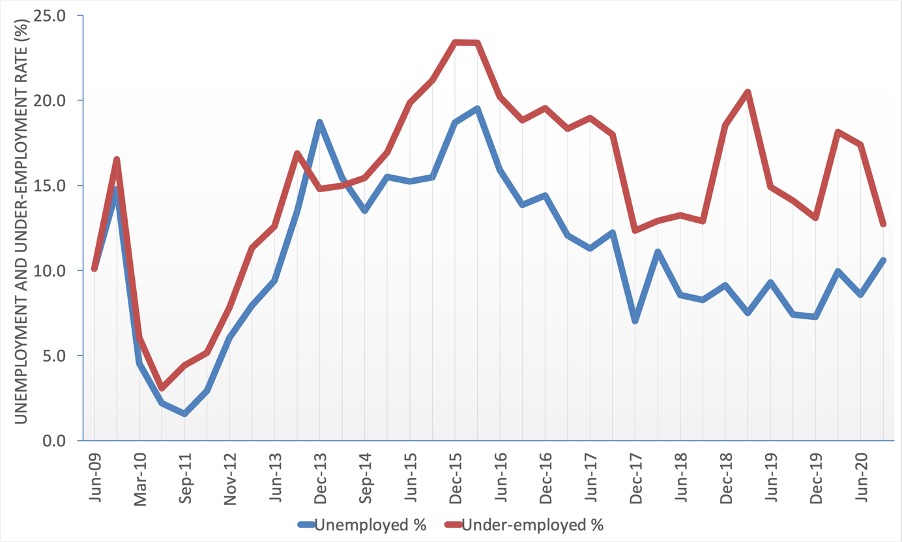
Under-employment, in this survey series, is defined as geoscientists being unable to secure more than 25% of their desired workload.
Full time geoscientist employment fell from 69% in the June quarter to 61%. The proportions of geoscientists in part time and casual employment were little changed from the June quarter survey. The proportion of self-employed geoscientists increased from 22% in June to 28% in the October quarter, possibly reflecting improved employment prospects for self-employed geoscientists.
AIG President, Andrew Waltho, expressed mixed feelings regarding the results. “The increase in unemployment is concerning, despite being recorded at a time of economic difficulties through the Australian economy being in recession due to the impacts of the coronavirus pandemic”. “The trend in survey results over the past year now points to the flattening of what was a decreasing trend in unemployment” Mr Waltho said. “What appear to be improved conditions for self-employed geoscientists, however, is welcome” Mr Waltho said.
“The survey results point to continued activity in the exploration and mining sectors, which employ three-quarters of Australia’s geoscientists, and companies making an effort to continue their operations and maintain continuity under difficult business conditions” Mr Waltho said.
Geoscientist unemployment increased across Australia, except in New South Wales / ACT where the rate fell by 5%, from 10.5% in the June quarter to 5.0% in September. The increase in unemployment recorded in Western Australia was small at only 0.2% – within the margin of error for the survey. The largest decreases in under-employment were recorded in Western Australia (6.7%) and New South Wales / ACT (4.4%).
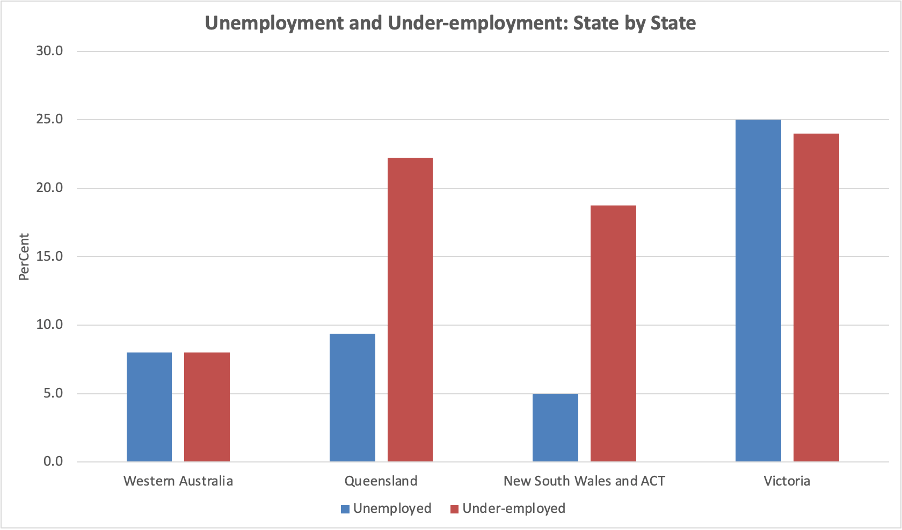
Long term unemployment continued to remain stubbornly high, with almost 34% of unemployed geoscientists reporting having been out of work for more than 12 months, including 20% who have been out of work for more than two years.
Some 36% of unemployed geoscientists were not confident of returning to work within the next 12 months, a fall of 4% from the previous survey and the first decrease in this rate evident for more than 12 months.
Amongst geoscientists currently in employment, 58% of survey respondents reported that their employment conditions had not changed over the past 12 months while 32% said that their employment conditions had improved. Only 10% reported that their employment conditions had declined.
More than 39% of survey respondents had more than 30 years’ experience since graduation. This figure is of concern as it points to Australia’s geoscience skills requirements being met by an ageing workforce. Early career geoscientists, with five or less years of experience since graduation, represented only 3% of survey respondents. Women represented only 16% of survey respondents.
“The prospect of an ageing workforce, suggested by the growing proportion of geoscientists with more than 30 years’experience is a major concern” Mr Waltho said. “Lack of gender diversity is also an issue our profession needs to address on several fronts”. “Action is needed to promote the varied and interesting careers on offer in geoscience that, increasingly, rely on the use of advanced technologies to collect and analyse data and contribute to not just mineral exploration and mining, but encompass a range of fields in which a solid understanding of Earth as a complex, vibrant, continuously evolving system is needed to develop and test models of how Earth formed and assess the impacts of human activities in a meaningful manner, to keep asking questions, test evidence and deliver robust and reliable outcomes” Mr Waltho said. “Geoscience is about the collecting and testing of observations, adhering to scientific principles to make a difference in a wide range of fields” Mr Waltho said.
The next survey will be conducted at the end of December. All contributors, especially AIG members, are thanked for their ongoing support.
#36 – The Career Road Less Travelled with Attila Pentek

In 2005, Wallbridge Mining a junior exploration company based in Sudbury Canada, hired two students to help out with their summer exploration programs. One of these students was Ahmad, the host of this podcast, who only ended up working with Wallbridge for that summer before building a career through different roles and opportunities in several multi-national companies. The other was Attila Pentek, who ended up staying with the company for the next 15 years, starting as a student, then working as an exploration geologist, then a resource geologist, a mine manager, a business development geologist and now heads up their exploration department.
Our industry has plenty of examples of people that jump between jobs every 3-5 years. It is rare to find someone like Attila that has stayed with a company for such a long time. Even rarer still, is someone that has done it at the start of their career with a junior explorer. Junior companies are not usually renowned for having established programs that develop and nuture graduates. Maybe the reason that Attila stayed with Wallbridge for so long has something to do with the culture that the company has created, where loyalty is rewarded by opportunity.
At some point, all of us have faced these questions: when is it time to leave? Is it better to switch jobs to chase opportunities? Or stay and show loyalty where the reward is opportunities provided?
Our guest today is Attila Pentek and we talk to him about the career road less travelled.
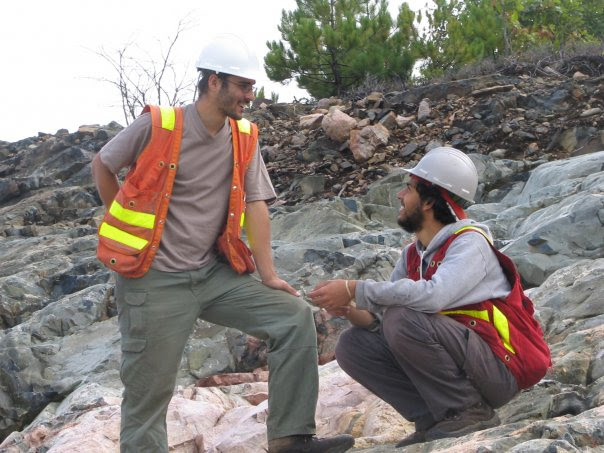
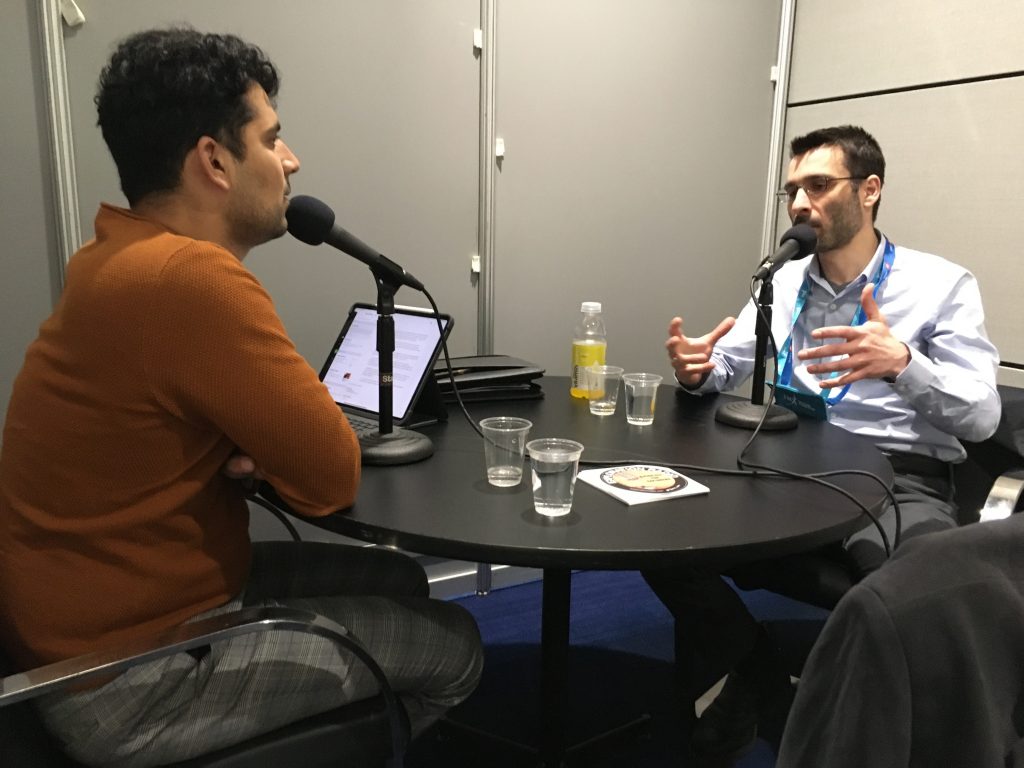
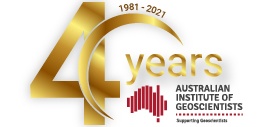
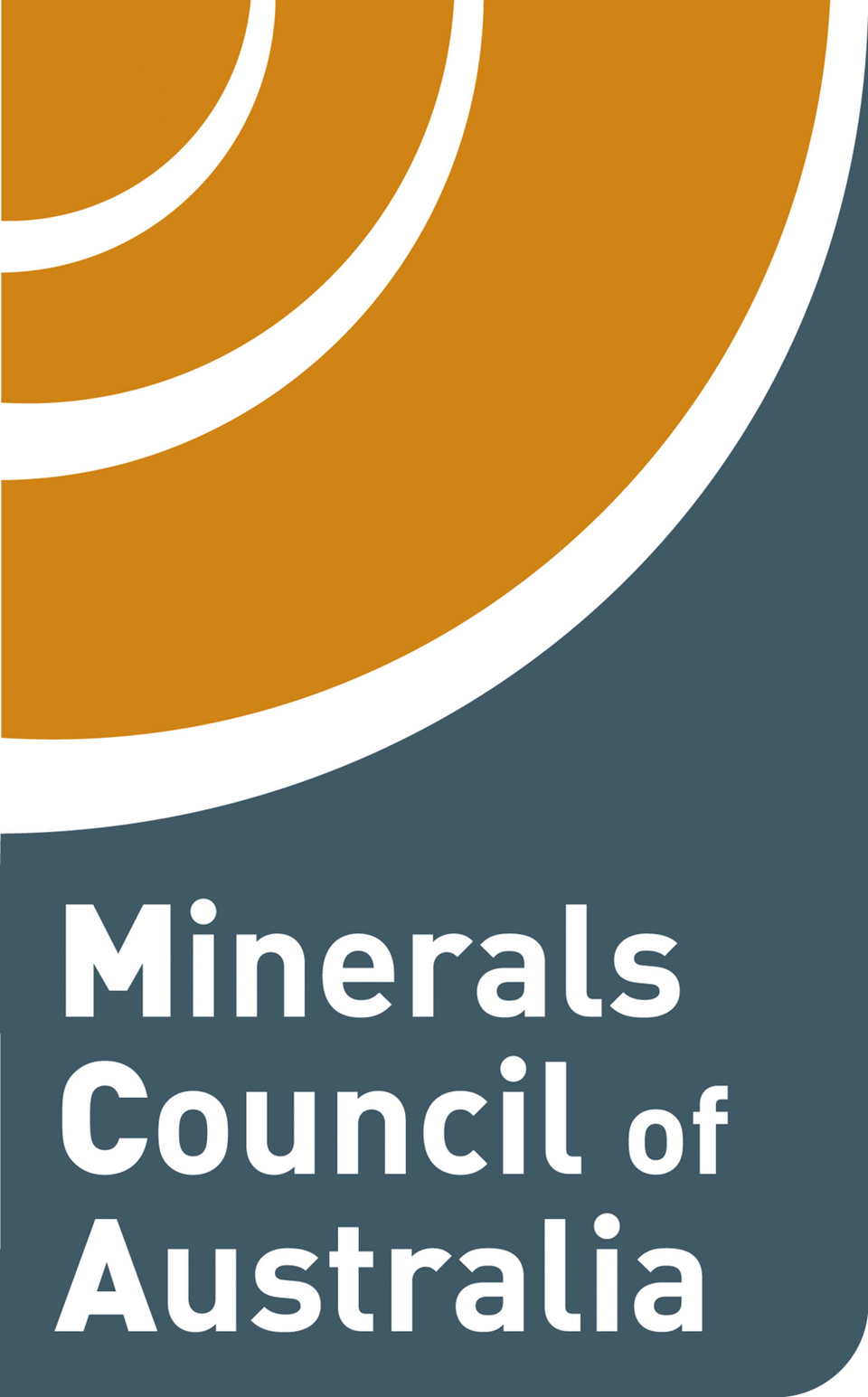
#35 – Why We Decided to Create this Podcast

Why did you start this podcast?… What have been your favourite episodes so far?… Is there anyone you haven’t yet interviewed that you would particularly like to speak to?… How do you go about constructing an interview?… Do you get a lot of feedback for your podcasts?… What does the future of Exploration Radio look like?
Over the last 3 years, we have often been asked these questions by individual listeners. We are only too happy to answer them. We really hold no secrets behind what our motivation was in starting this podcast, our interest in continuing it and our desire in what we want to do with it.
So when the AIG convinced us to join them for a webinar, we figured that was a great opportunity to answer any questions our listeners (and others) had for us about Exploration Radio. In this episode, the interviewers become the interviewees and you get to ask us whatever you wanted to know about Exploration Radio.

